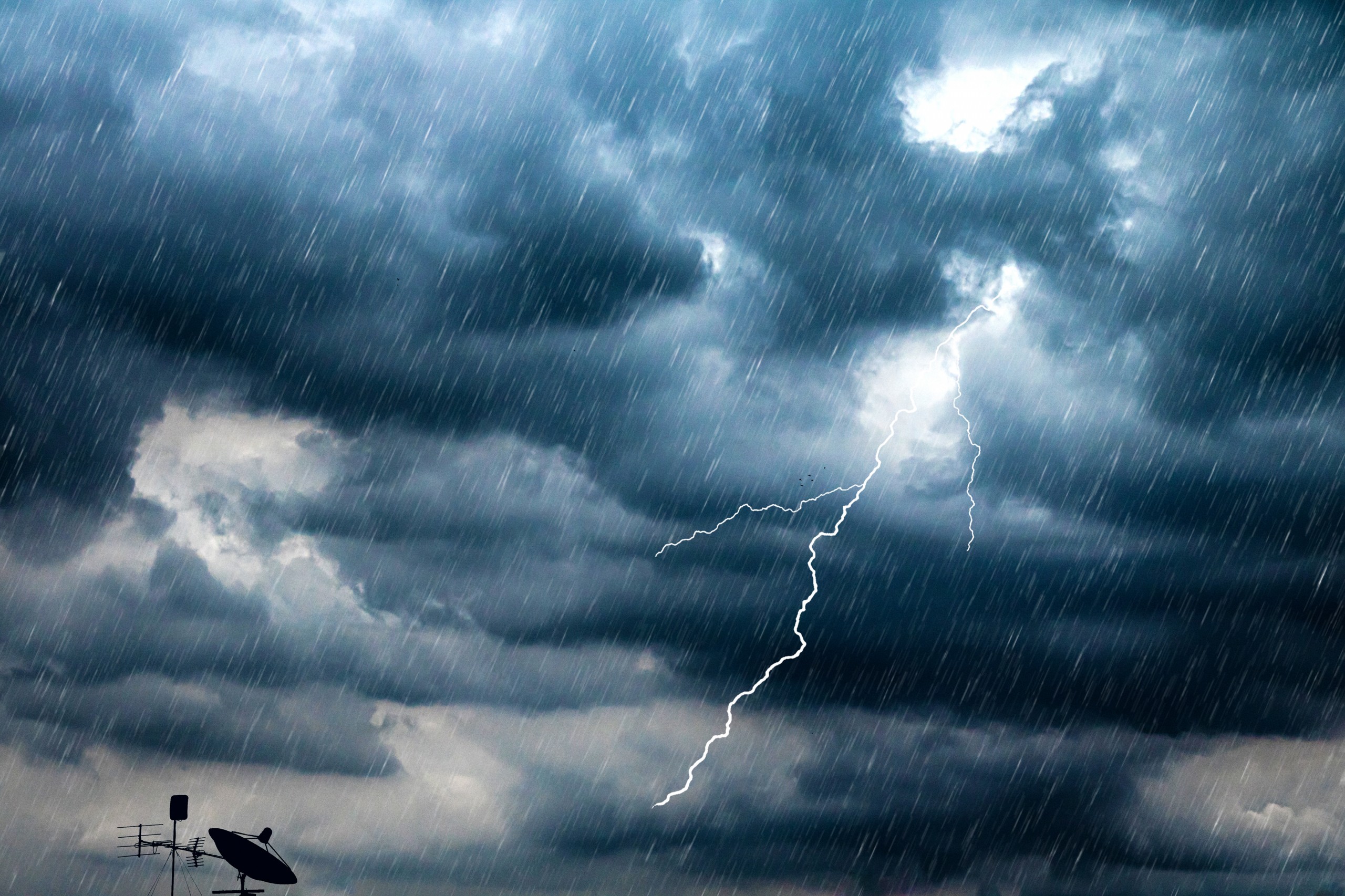There is a lot of hype around artificial intelligence (AI) and an equal amount of confusion about what AI can really do. From playing chess to creating deep fakes, many of the examples in the popular press can range from cool to silly to scary.
But this MIT Technology Review article offers an example of how AI can be applied to help with real world issues and should be of great interest to broadcasters.
DeepMind, a London based AI company, used deep learning to improve weather forecasting. Specifically, they worked with the U.K.’s national weather service to attack one of the most difficult forecasting challenges: highly precise models of where rain will fall within the next 90 minutes.

Most existing forecasts are based on computer simulations of atmospheric physics. In this case though, DeepMind used actual radar as training data for an AI model. A survey of over 55 meteorologists found that nearly nine out of 10 of them preferred the AI model to computational physics. Of dentists that chew gum, nine out of 10 is pretty good.
Think of the community impact if a broadcaster can provide their viewers or listeners with 60-90 minutes’ worth of warning for the likelihood of flooding. Recently over 40 people died in the New York region due to the rains and flooding from Hurricane Ida and thousands more were impacted.
AI-based modeling and forecasting is yet another emerging tool that could help broadcasters improve their already tremendous commitment to providing accurate weather information.

